Abstract
The French pioneer in electricity transmission is the engineer Marcel Deprez.
Access this chapter
Tax calculation will be finalised at checkout
Purchases are for personal use only
Notes
- 1.
Marcel Deprez (1843–1918), French engineer and pioneer of long-distance electricity transmission. He was responsible for the installation of two dynamos driven by a waterfall in August 1881 at the Paris International Electricity Exhibition at the Palais de l’Industrie on the Champs Elysées, the line between a 70-V dynamo in Mesbach and Munich (30 km) driving a pump in Germany in September 1882, between Jarrie and Grenoble in 1882 in France, and between Creil and the Gare du Nord in Paris in 1885. The use of direct current limited the capacity of these transports. The lycée des métiers de l’électrotechnique in Paris bears his name.
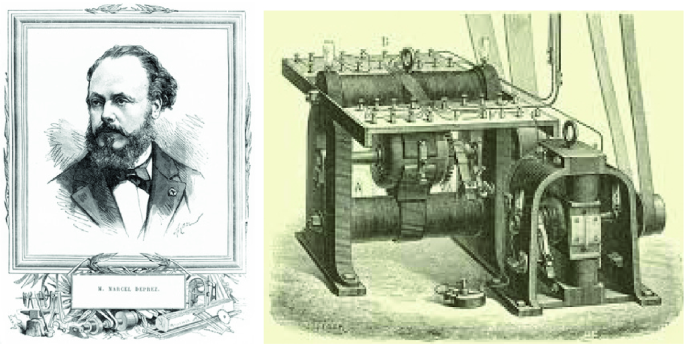
Marcel Deprez and his achievements for the International Electricity Exhibition in Paris in 1881.
- 2.
The site of the Pertes du Rhône at the confluence of the Rhône and the Valserine saw in 1873 the installation of hydraulic turbines taking advantage of the important falls, and transmitting the energy via “teledynamic” cables (the rotation of the turbine making turn systems of pulleys driving cables, themselves making turn other pulleys located at long distance). One can nevertheless imagine the loss of mechanical energy in this type of transmission, a “Joule effect” before the letter overmultiplied by the number of exchange pulleys. According to the article: “Tentatives de transport de l’énergie hydraulique, avant l’électricité; Entre deux transitions énergétiques (1830–1890)” by André Ducluzaux in the Encyclopédie de l’Energie (http://encyclopedie-energie.org/).
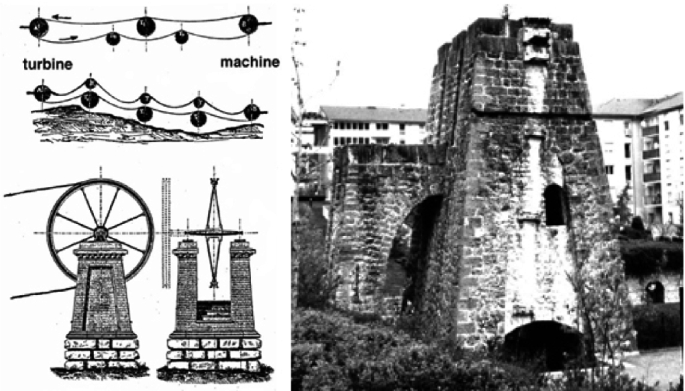
Teledynamic cables and Bellegarde tower (1873).
- 3.
Adapted from D. Varaschin and K. Fluery-Alcaraz; Le canal de Jonage, Archéologia n°307, décembre 1994, pp. 60–65.
- 4.
HTB corresponds to High Voltage substations >50 kV, i.e. HTB1 (63–90 kV), HTB2 (250 kV), HTB3 (400 kV).
- 5.
The most significant voltage collapse on the French grid occurred on 12 January 1987, caused by successive independent outages (3 units of the Cordemais coal-fired power plant in Loire-Atlantique tripped) aggravated by malfunctions of the protection systems. This voltage collapse saw the voltage of the 400 kV grid fall to 200 kV in Brittany at the most critical moment. Due to the absence of nuclear generation, Brittany is particularly prone to load shedding in winter (adapted from [Mémento de la sûreté du système électrique, 2004] p. 158).
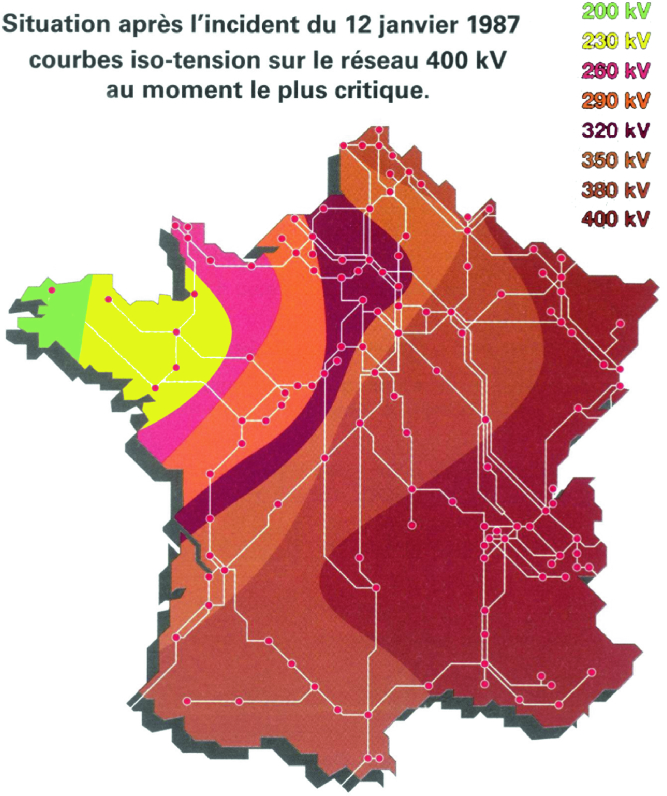
Brittany in a difficult situation on January 12, 1987. Loss of voltage iso-curves.
- 6.
Reactive electric power is not well transported. The voltage must be adjusted from sources of reactive power such as power units, capacitors and circuit reactances.
- 7.
The famous incident of 18 December 1978 (8.06 a.m.) saw very high winter consumption in very cold weather, increasing transits from the east to Paris. Cascades of overloads caused load shedding in the west part of France, and many plants failed their house-load operation, amplifying the phenomenon. More than 4/5 of the country will be without power from 30 min to 7 h! The maximum depth of the blackout was 75% of the power demand, making this the most serious incident that the French grid has ever experienced.
- 8.
When the rotors of the generators rotate at the same electrical speed, operation is synchronous and this common speed defines the grid frequency. Synchronism is due to the synchronising torque that holds the generators together as long as the driving torque applied to the turbine rotor and the resistive torque due to the electrical loads in the stator are in balance. A short circuit of long duration can break this balance, causing voltage pulsations. This is called loss of synchronism. A control room system is used to adjust the synchronism of a generator when it is connected to the grid. Under the action of their protection systems, generators trip and separate from the grid, which amplifies the dislocation of the system.
- 9.
Georges Hoffmann; Les turbines de grande puissance, Revue Générale de l’Electricité, tome 74, n°2, Février 1965, pp. 115–119.
- 10.
Patrick Ledermann, Vincent Jourdain; Installation de production d’énergie pour l’EPR; les solutions développées par Alstom, Revue Générale Nucléaire n°3, Mai-Juin 2009, pp. 44–48.
- 11.
On turbomachinery seals, it is imperative to read [Randrianarivo, 2018].
- 12.
G. Belperin; Technologie des turbines nucléaires, in Les composants de centrales à eau sous pression, cours de l’Institut National des Sciences et Techniques Nucléaires, Ministère de l’Education Nationale.
- 13.
Alain Causse, Dominique Garreau, Pierre Grison, Alain Pons; Les vibrations des grandes ailettes des turbines à vapeur, EPURE n° 22, Avril 1989, pp 17–25.
- 14.
Regulus is a mixture of lead, tin and antimony with a low melting point where the lead provides a lubricating effect in its use as a plain bearing. Regulus was used in the past in decoration (clocks, statuettes, etc.) because it is a rather soft mixture that can be easily worked.
- 15.
J.P. Chareyron, Th. Fritsch; Groupes turbo-alternateurs pour centrales nucléaire, Annales des Mines, Mai-Juin 1978, pp. 47–60.
- 16.
Nicolas Léonard Sadi Carnot (1796–1832): French physicist (not to be confused with the President of the French Republic Marie François Sadi Carnot). He was the son of Lazare Carnot, himself a mathematician, physicist and well-known politician (nicknamed “the organiser of Victory”). A Polytechnic graduate in 1814, it is thanks to his only work of 1824 of 120 pages printed at his own expense in 200 copies by the publisher Bachelier “Réflexions sur la puissance motrice du feu et sur les machines propres à développer cette puissance” (Reflections on the motive power of fire and on the machines suitable for developing this power) that he is considered as the father of modern thermodynamics. His work focuses on steam engines. He established that it is impossible to produce motive power unless there is both a cold and a hot body, which is an expression of the second principle of thermodynamics, and described in his work a perfect engine governed by a perfectly reversible ideal cycle, which was later called the Carnot cycle. After his death, his papers contained a text from 1823 entitled “Recherche d’une formule propre à représenter la puissance motrice de la vapeur d’eau” (Research into a formula to represent the motive power of water steam), which is a draft of the first principle of thermodynamics on the equivalence between work and heat. Carnot’s theorem states that “Two reversible heat engines which operate with two heat sources whose cold source temperatures are equal and whose hot source temperatures are equal, have the same efficiency”.
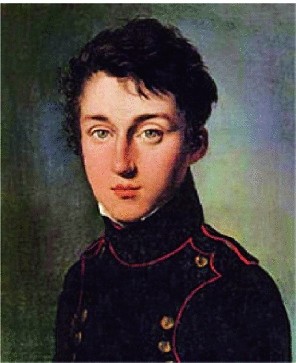
Sadi Carnot painted by Louis Léopold Boilly.
- 17.
William John Macquorn Rankine (1820–1872) was a Scottish engineer and physicist. Rankine popularised the theory of steam engines through a number of textbooks widely used in industry. From 1840 onwards, he produced an abundant scientific literature of articles and papers in fields as varied as mathematics, botany and the strength of materials. We owe him the relationship between temperature and saturation vapour pressure (Rankine’s formula).
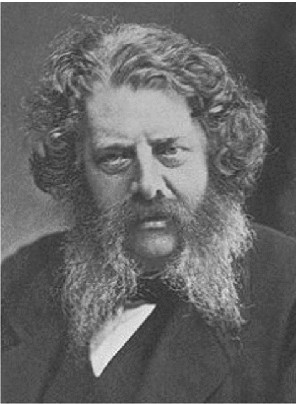
William Rankine.
- 18.
This could suggest the possible use of higher temperature fluids (mercury vapour, hexane,…), which of course has other major drawbacks on a large power scale.
- 19.
Gustave-Adolphe Hirn (1815–1890) was a French engineer and physicist, author of Théorie mécanique de la chaleur, exposition analytique et expérimentale de la théorie mécanique de la chaleur, Tome 1, Gauthier-Villars in 1875. Hirn was interested in heat and thermodynamics, but also in mechanics, hydrodynamics (Explication d’un paradoxe hydrodynamique, Gauthier-Villars, 1881), cosmology (Constitution de l’espace céleste, Gauthier-Villars, 1889). His statue by the sculptor Bartholdi (better known for the statue of Liberty, New-York) sits in his town: Colmar.
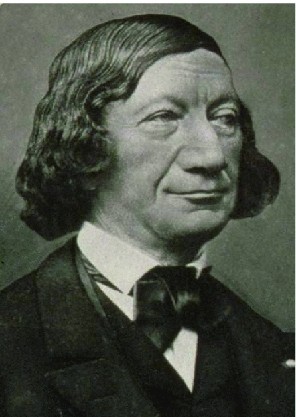
Gustave-Adolphe Hirn and his book.
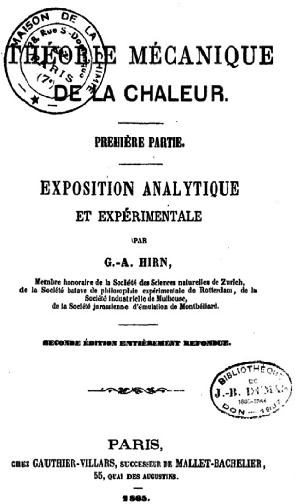
- 20.
The steam quality at the HP turbine outlet can be measured by radioactive tracing or by humidity measurement. The quality is about 14% for a P’4.
- 21.
Aurel Boreslav Stodola (1859–1942) was a Slovakian physicist and professor at the Swiss Federal Institute of Technology in Zurich, where he taught mechanical engineering to Albert Einstein, among others. In 1903 he published a treatise on steam turbines. He is credited with the law of pressure variation in a turbine, and a dimensionless number for the flow rate of a steam.
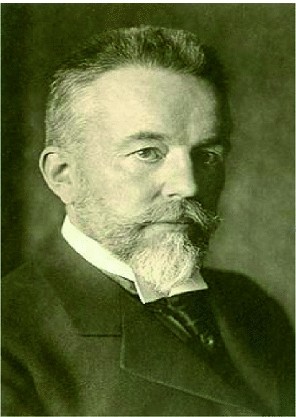
Aurel Stodola.
- 22.
Specifically on the winding of electrical machines, read [Torices and Curchod, 1927].
- 23.
The non-magnetic fret steels are characterized by the following contents 13% < Mn < 18%, 0% < Ni < 7%, 4% < Cr < 6%, 0% < V < 0,8%.
- 24.
Hydrogen has the advantage of very low viscosity, resulting in much lower mechanical losses due to shaft friction than with water. For a gas, its thermal conductivity is high (7 times more than air), and there is little risk of ionization on contact with live parts. On the other hand, the risk of explosion when in contact with the oxygen in the air is high, and sealing is difficult to achieve because hydrogen is not very viscous. A nitrogen sweeping makes it possible to pass from an air situation to a hydrogen situation during the shutdown-restart phases.
- 25.
The passage of water through copper conductors can lead to clogging of hollow conductors by copper corrosion products (copper oxides, etc.), creating hot spots. The use of stainless steel hollow conductors solves this problem, but requires a complete rewinding.
- 26.
Michel Rioual, Daniel Eguiazabal, Jean-Louis Drommi, Didier Vermeeren: Alternateurs: lutter contre le bouchage des circuits d’eau, EPURE n°63, Juillet 1999, pp. 3–13.
- 27.
Th. Fritsch: Alternateurs de grande puissance pour centrales nucléaires, Revue Générale de l’Electricité, Juillet-Août 1976.
- 28.
It is interesting to read [Burke, 1994] on electric grid losses.
- 29.
On the sizing and design of DC circuits, read [Schroeder, 2018] p. 439.
- 30.
Designed and manufactured by Wärtsilä France (ex-SACM before 1989). Historically, Wärtsilä is an important Finnish shipbuilder since 1935.
- 31.
On alternating current generators, it is worthwhile to consult [Ames, 1990].
- 32.
Note EDF; «Groupes électrogènes diesels des centrales nucléaires», note technique de la Commission production ACP/NT 92.24, Novembre 1992.
- 33.
On liquid fuels and diesel in particular read [Belakhowsky, 1966].
- 34.
Very few spare parts were ordered afterwards, proving a posteriori the low maintenance.
- 35.
For example, it is common to damage a pump seal when reassembling after inspection disassembly, due to excessive torque.
Author information
Authors and Affiliations
Rights and permissions
Copyright information
© 2022 The Author(s), under exclusive license to Springer Nature Switzerland AG
About this chapter
Cite this chapter
Marguet, S. (2022). The Turbine-Alternator Set and the Electricity Production. In: The Technology of Pressurized Water Reactors. Springer, Cham. https://doi.org/10.1007/978-3-030-86638-9_8
Download citation
DOI: https://doi.org/10.1007/978-3-030-86638-9_8
Published:
Publisher Name: Springer, Cham
Print ISBN: 978-3-030-86637-2
Online ISBN: 978-3-030-86638-9
eBook Packages: EnergyEnergy (R0)









